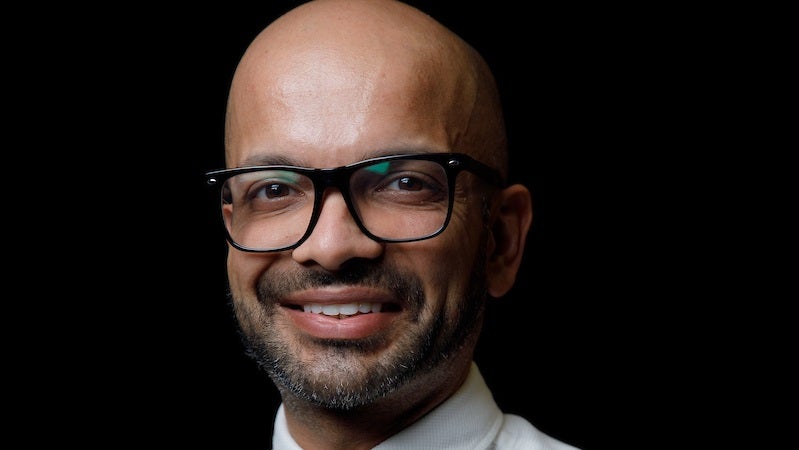
Researchers at The University of Alabama are exploring how a single spacecraft could service several satellites orbiting the Earth in one trip, potentially extending the mission of the satellites.
Based on some initial success in orbital calculations, Dr. Rohan Sood, associate professor of aerospace engineering and mechanics, received support from the United States Air Force for a project that could also benefit the U.S. Space Force in boosting national defense.
A spacecraft visiting multiple orbiting satellites has always been a vision of the future, requiring innovative solutions, precise calculations and a high degree of engineering skill.
“What we are trying to do has never been done before,” Sood said. “With this support, it shows The University of Alabama has the ability of not just coming up with ideas, but turning them into solutions for real-world applications.”
There is an emerging critical need to refuel, repair, remove or reposition satellites orbiting Earth. Kessler Run, as the project is named, is proposed to rapidly and efficiently compute optimal rendezvous solutions for a single spacecraft to visit numerous satellites for responsive implementation of debris removal and satellite servicing.
Currently, satellites either orbit until crashing back into the Earth’s atmosphere or move to graveyard orbits further away. Sood’s lab, which has expertise in innovative spacecraft trajectory design that leverages natural dynamics, will use the Air Force grant to calculate the feasibility of sustainable orbital paths that can service satellites, continuing their usefulness by extending their orbit.
“Some of the vehicles up there are fully functional with their only problem being running out of fuel,” Sood said. “If we can save at least some of them from becoming debris in an economical and environmentally effective way, then it could be feasible to keep using them.”
UA, in partnership with Continuum Space Systems, was selected for the Air Force’s Small Business Technology Transfer, or STTR, program meant to take research into marketable innovation. Federal STTR programs require companies partner with a research institution to perform concept exploration, development and maturation.
Administered by an office within the Air Force Research Laboratory, SpaceWERX, UA is one of 66 research institutions across the country selected for the STTR grant within the Orbital Prime program. The 124 phase 1 STTR grants valued at $250,000 in Orbital Prime aim to invigorate the in-space servicing, assembly and manufacturing market.
STTR Phase 1 awardees will be invited this year to apply for a STTR Phase 2 opportunity of up to $1.5 million over 15 months.
Contact
Adam Jones, UA communications, 205-348-4328, adam.jones@ua.edu
